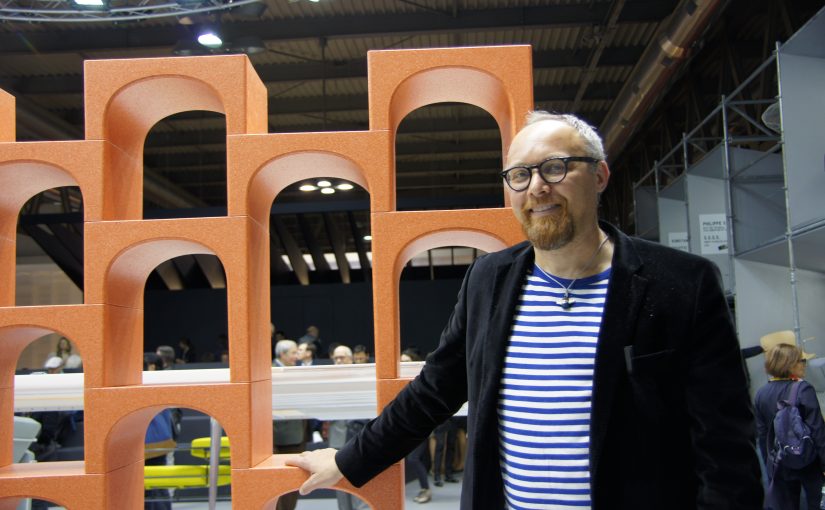Giulio Iacchetti’s work is firmly in the tradition of Italian postwar design — playful, intellectual, surprising. In many ways he has inherited the mantle from the likes of Achille Castiglioni in the way he has reinterpreted the familiar and his love of challenging convention. I got the chance to interview Giulio in Milan for AD China in 2013.
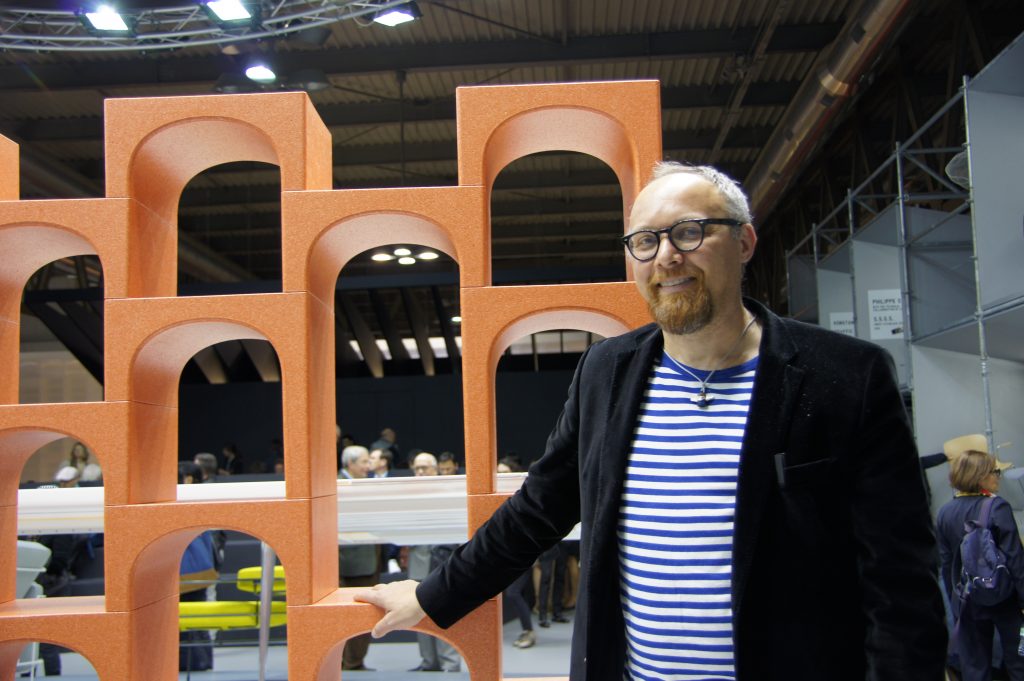
Giulio Iaccetti took an unusual route to becoming a designer, originally studying building restoration before initiating a series of projects that brought him to prominence in the Milan design scene. Since starting his studio in 1992, much of his work has involved re-inventing familiar objects, often with a playful twist. One of his most famous designs, the ‘Moscardino,’ a type of spoon/fork hybrid (designed with Matteo Ragni) won the Compasso d’Oro and is now part of the permanent design exhibition at MOMA, New York. More recently he has designed a fly-swatter with a map of Milan taking the place of swatting surface and a pair of glasses “4‑Occhi” (four eyes) for Aspesi 1910 that have four lenses. A practical idea that is no doubt going to bring some strange looks, this allows users to customize their glasses as reading glasses, sunglasses, 3d glasses and more. This year’s design fair saw Iacchetti present several works for different manufacturers. Prominent amongst these was his EUR shelf system for Magis. Made from brightly coloured lightweight plastic, this is designed for a child’s bedroom (as part of the Magis Me Too collection), where Iacchetti hopes it might help them to experience and understand modular construction as its three core components can be endlessly reconfigured. The product’s name comes from the ‘Esposizione Universale Roma,’ a district in Rome which was developed as the site for the doomed 1942 World Exposition. Although the event was called off following the outbreak of the Second World War, many buildings remain including the Palazzo della Civiltà Italiana, or ‘Square Colosseum’ on which Iachhetti’s design is based. What was originally a towering block of severe white marble has been transformed in the designer’s vision into an oversized set of building blocks. Although not explicitly saying so, Iacchitti seems to be both acknowledging the form of the original (also based on the Colosseum) whilst at the same time mocking its ostentatious scale and undermining the projected fascist ideology. Such is the importance of design in Italy that even children’s furniture has to be taken seriously. This brand of serious playfulness is characteristic of Italian design and one of the reasons that Iacchetti is so often linked to the experimental Italian design pioneers, particularly Achille Castiglioni.
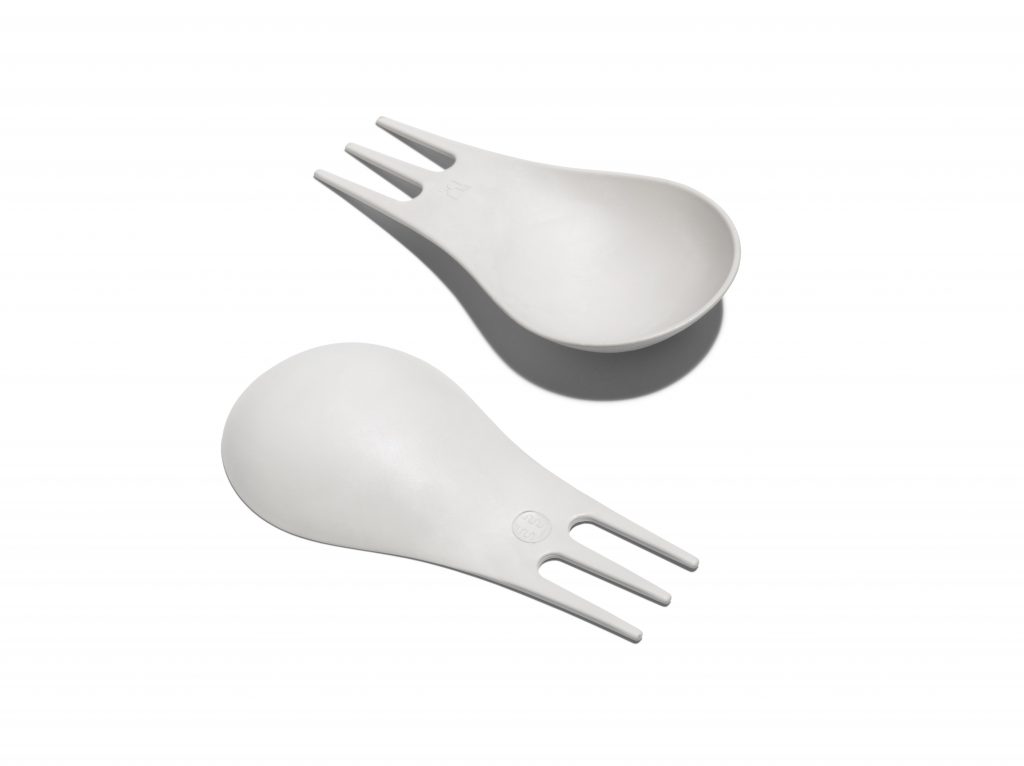
“Making design, like all activities of mankind, is political. It is not possible to separate the thought from the action and vice-versa – Making design is in itself a political act. In Italy we have a great tradition in design. This is an important fact. We want to respect our teacher and what they taught us, we have to go on and try to reach a higher level.”
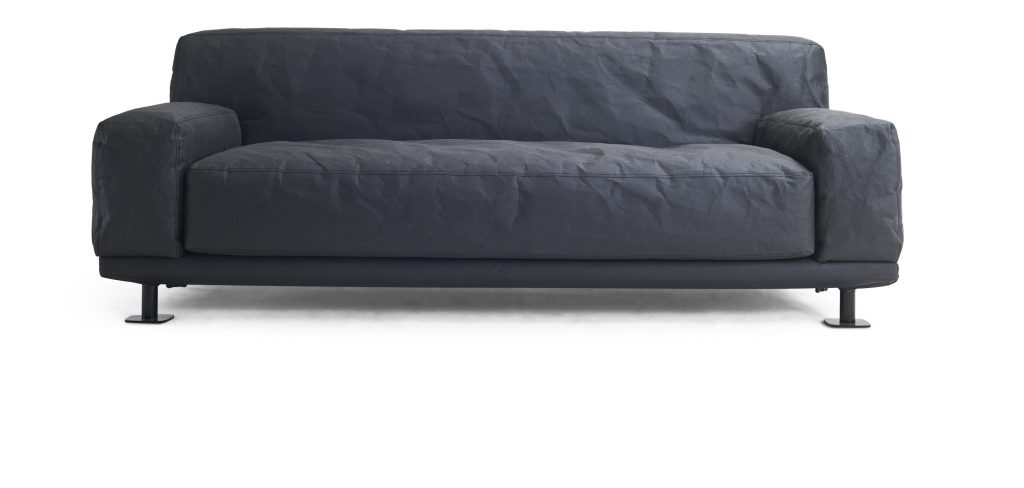
As well as the project with Magis, Iacchetti also this year presented a new sofa for furniture brand Meritalia. These are novel in that the crumpled-looking covers are made from a cellulose-fibre material called Duraform – more commonly used for jeans labels to imitate leather. It is thought these are the first commercial furniture pieces to make use of this material as upholstery, for which it would seem to be perfect, being both soft and hardwearing as well as washable. Other work seen at the show include the Magneto Lamp for Foscarini. This minimal-looking LED desk/standard lamp incorporates magnetic components to position the lamp’s beam. This simple detail allows for infinite adjustment and is also linked to the designer’s interest with finding surprise, or unexpected features in objects. He explored this idea at length in his 2009 Triennale exhibition ‘Disobedient Objects’ – a collection of designs that encourage people to look at things in a new way. “My work is always respecting the rules and laws in general, but sometimes we need to find some objects that do not obey these rules; that are in some way disobedient. You can say that disobedience can improve the obedience. Without disobedience you can’t have obedience” A good example of this concept is his globe. Named “odnom” (which is Mondo backwards), it looks just like any other globe until you notice the reflective base and the fact that the countries on the lower hemisphere are printed in reverse, but legible in the mirror. The idea is that the globe makes those countries more prominent than before and brings a degree of equality to the convention of showing countries in this way.
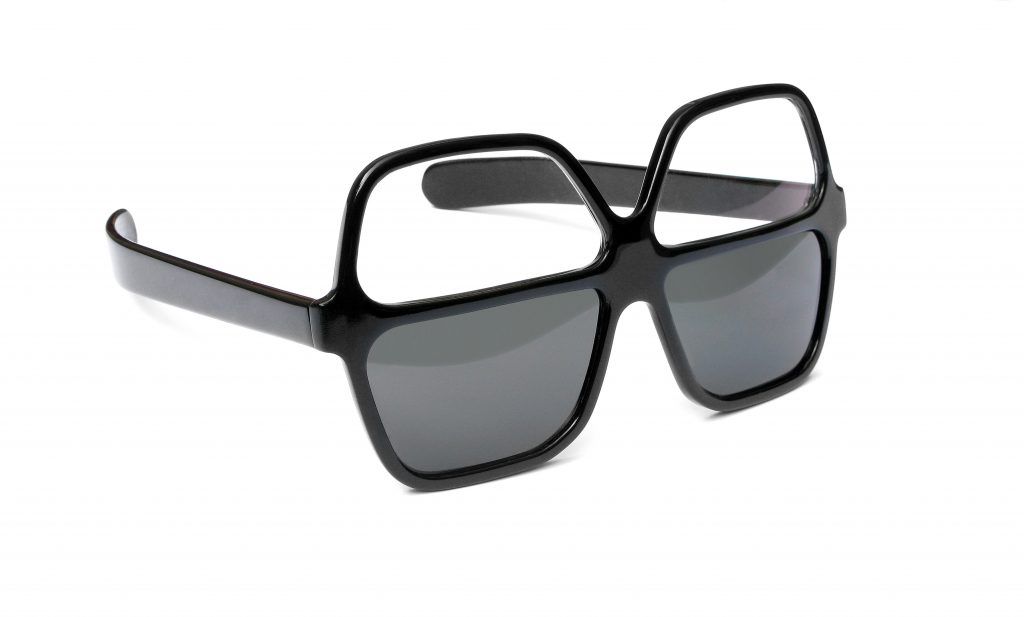
As a designer with a prominent sense of the political and social impact of design, he is both aware and optimistic about the economic problems faced by Italy and the design industry in particular: “Italian design is a big system with factories, designers, schools, shops, craftsmen, magazines – a very big system. In a moment of crisis, it is important to come back with stronger ideas and projects to fight this situation. The greatest things created in Italy were those that were created after the Second World War, so this is a perfect time to produce objects.”
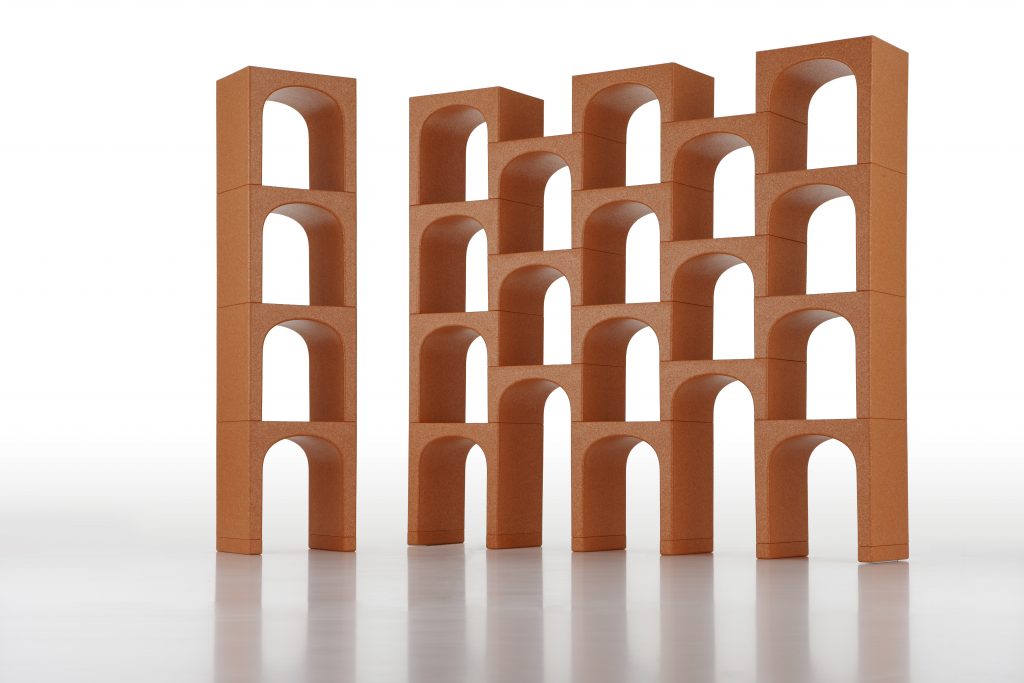
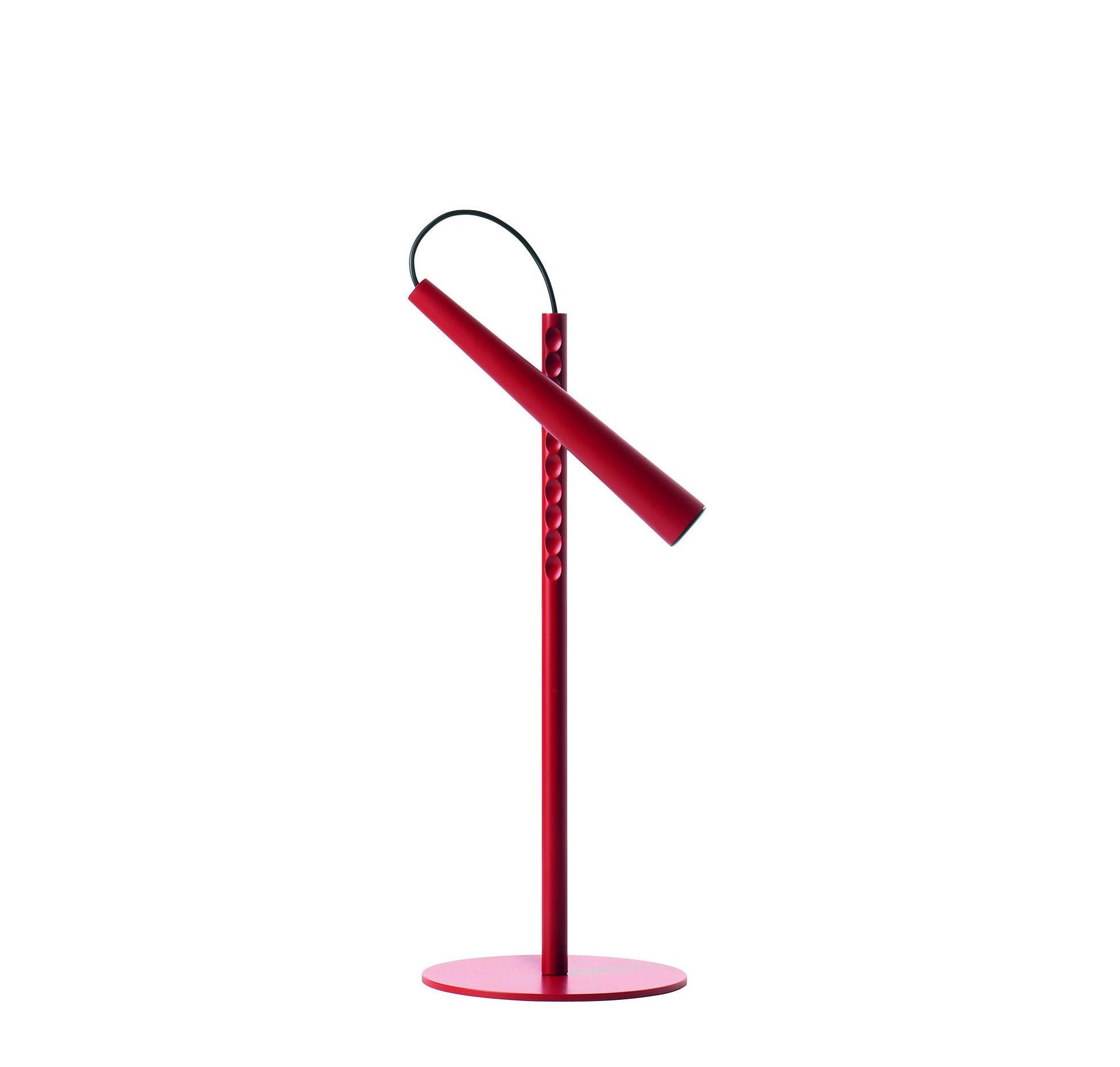
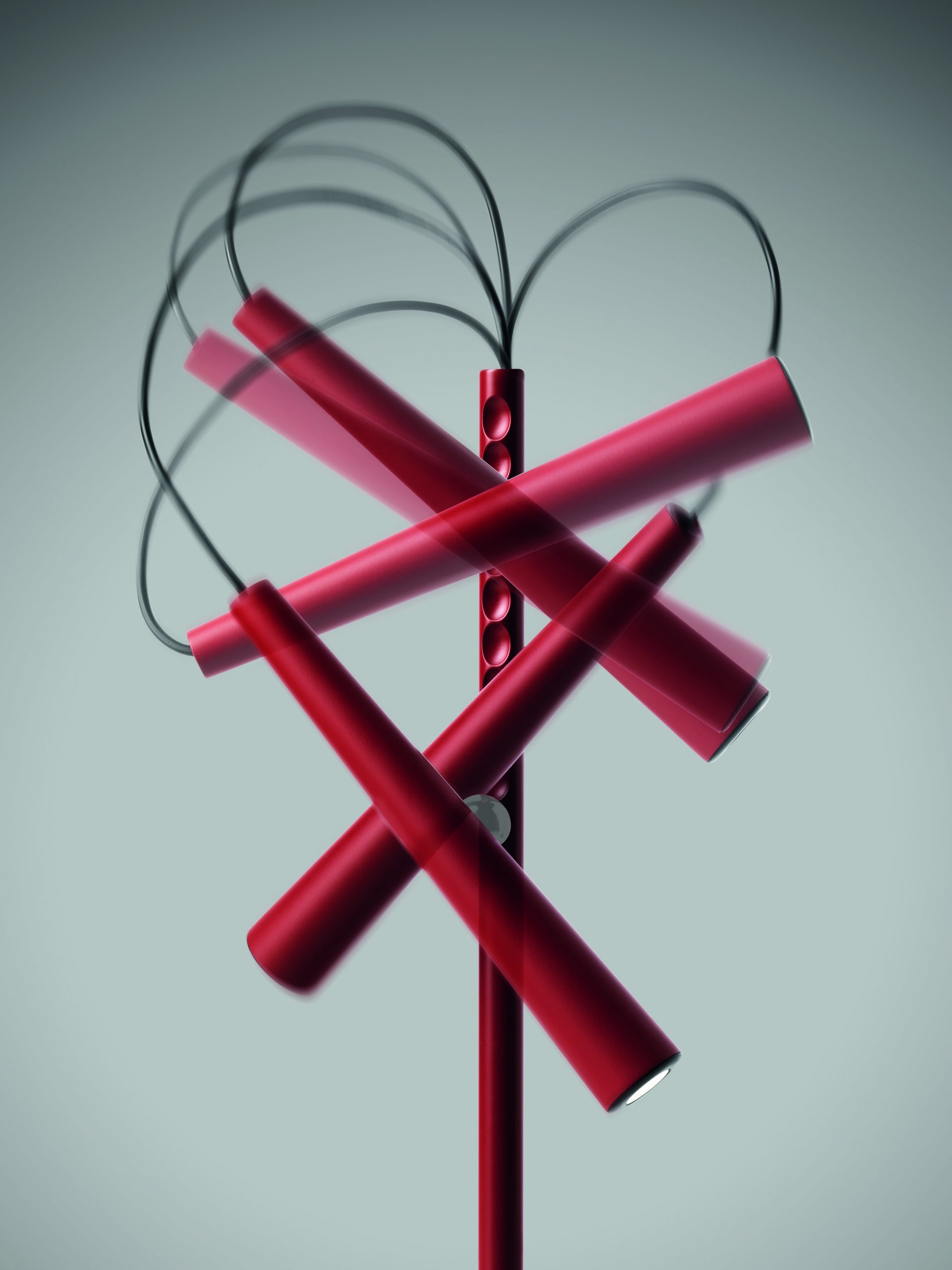
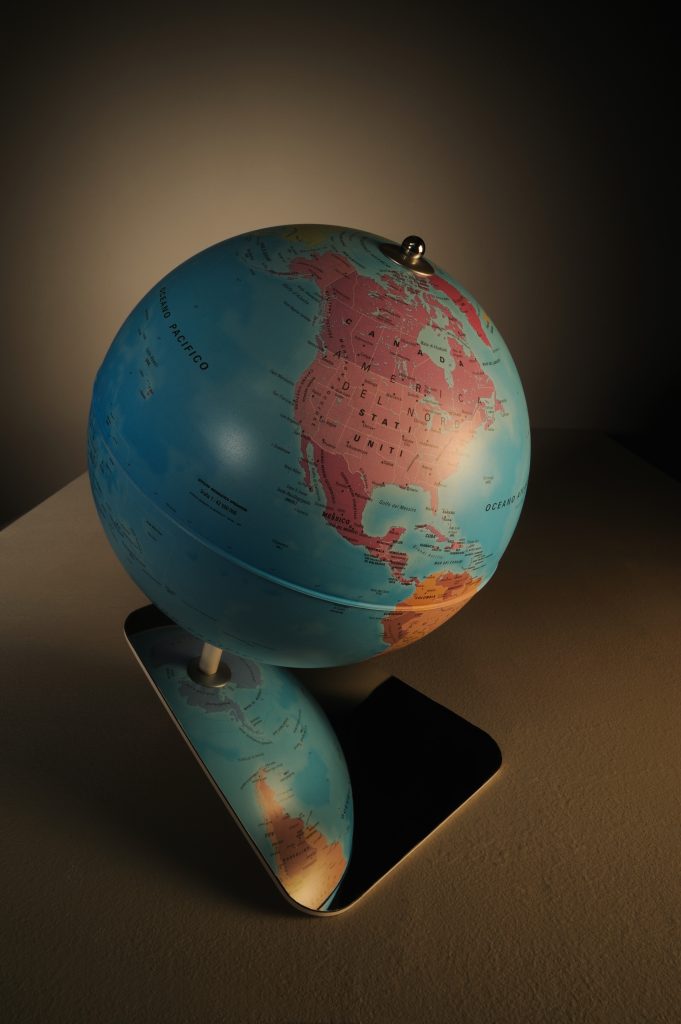
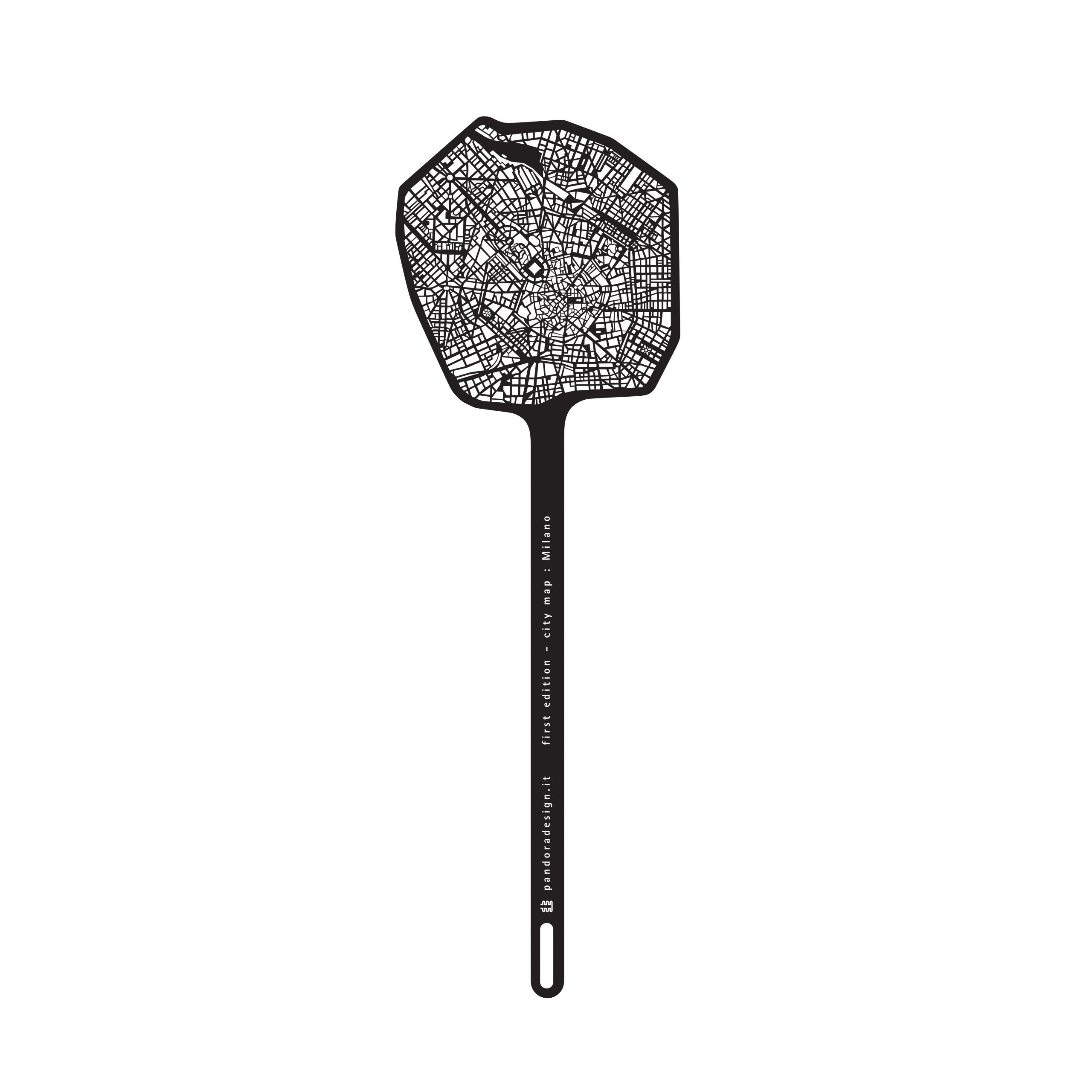
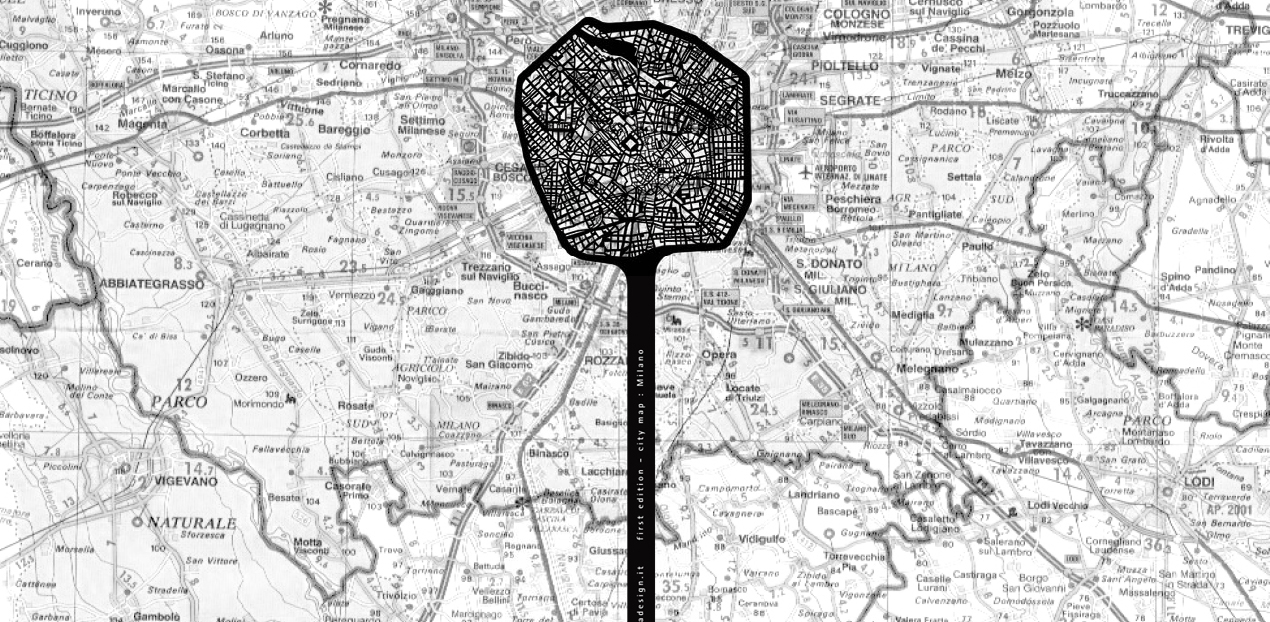
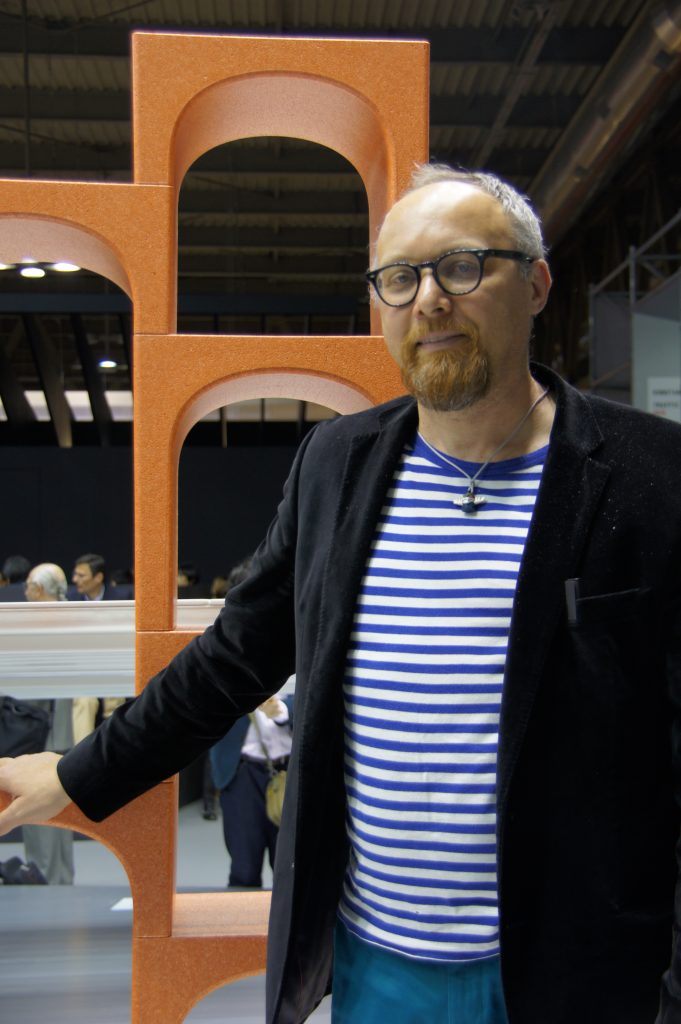
Images:
2013_Milan-Giulio_Iacchetti_2.JPG (photo- Ben)
2013_Milan-Giulio_Iacchetti_1.JPG (photo- Ben)
1.
EUR, modular shelving system, MAGIS, 2013
2./2b/2c
Newcastle, system of upholstered sofas with covers in Duraform, MERITALIA, 2013
3/4
Magneto, table lamp, FOSCARINI, 2012
5.
Moscardino, multi-purpose cutlery set, PANDORA DESIGN, design Giulio Iacchetti, Matteo Ragni, 2001
6/6b.
4occhi, glasses with double glass frame for multiple use, OTTICA ASPESI 1910, 2008
7.
Bye Bye Fly, fly swatter, PANDORA DESIGN, 2007
8.
Odnom, globe, PALOMAR, 2009
